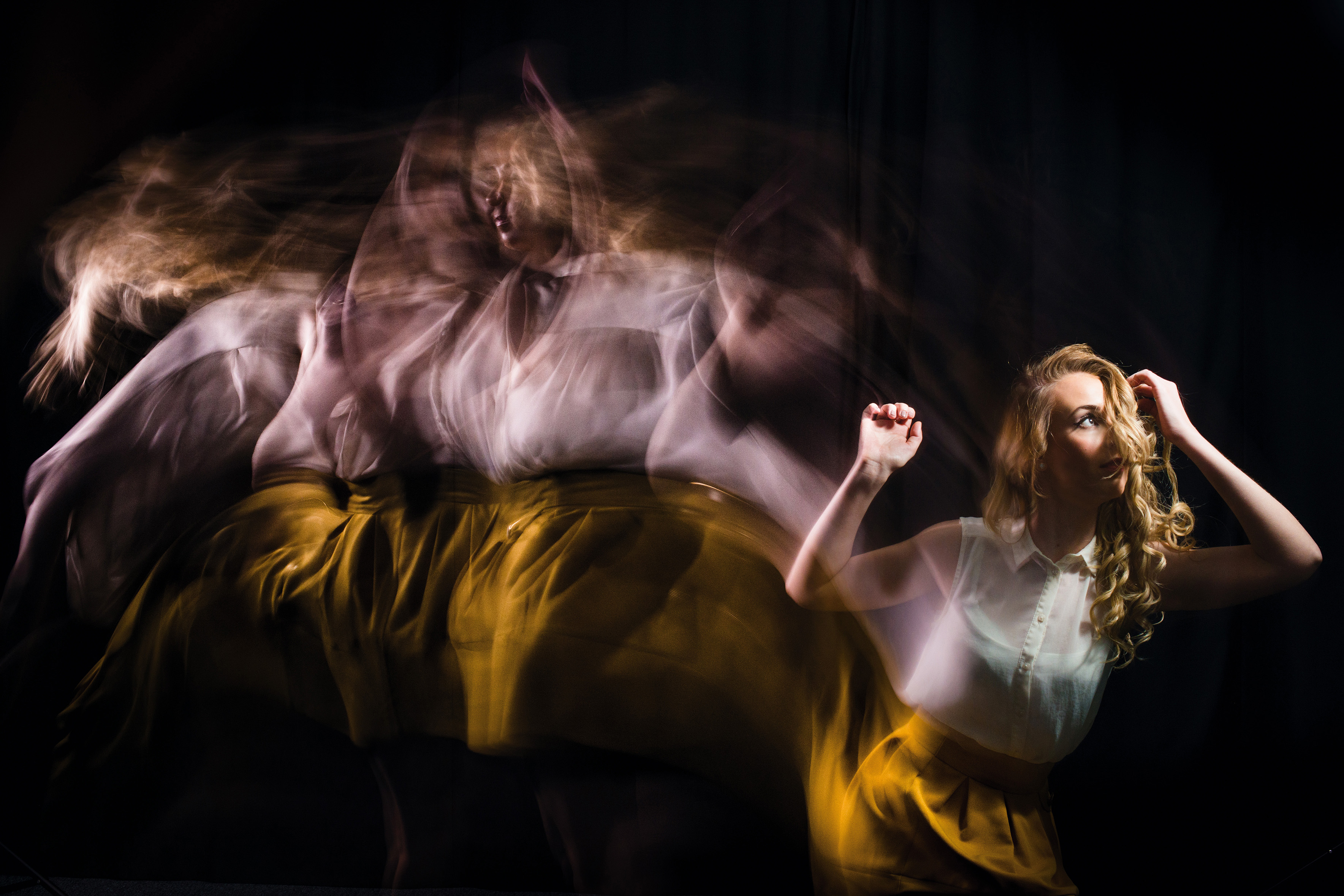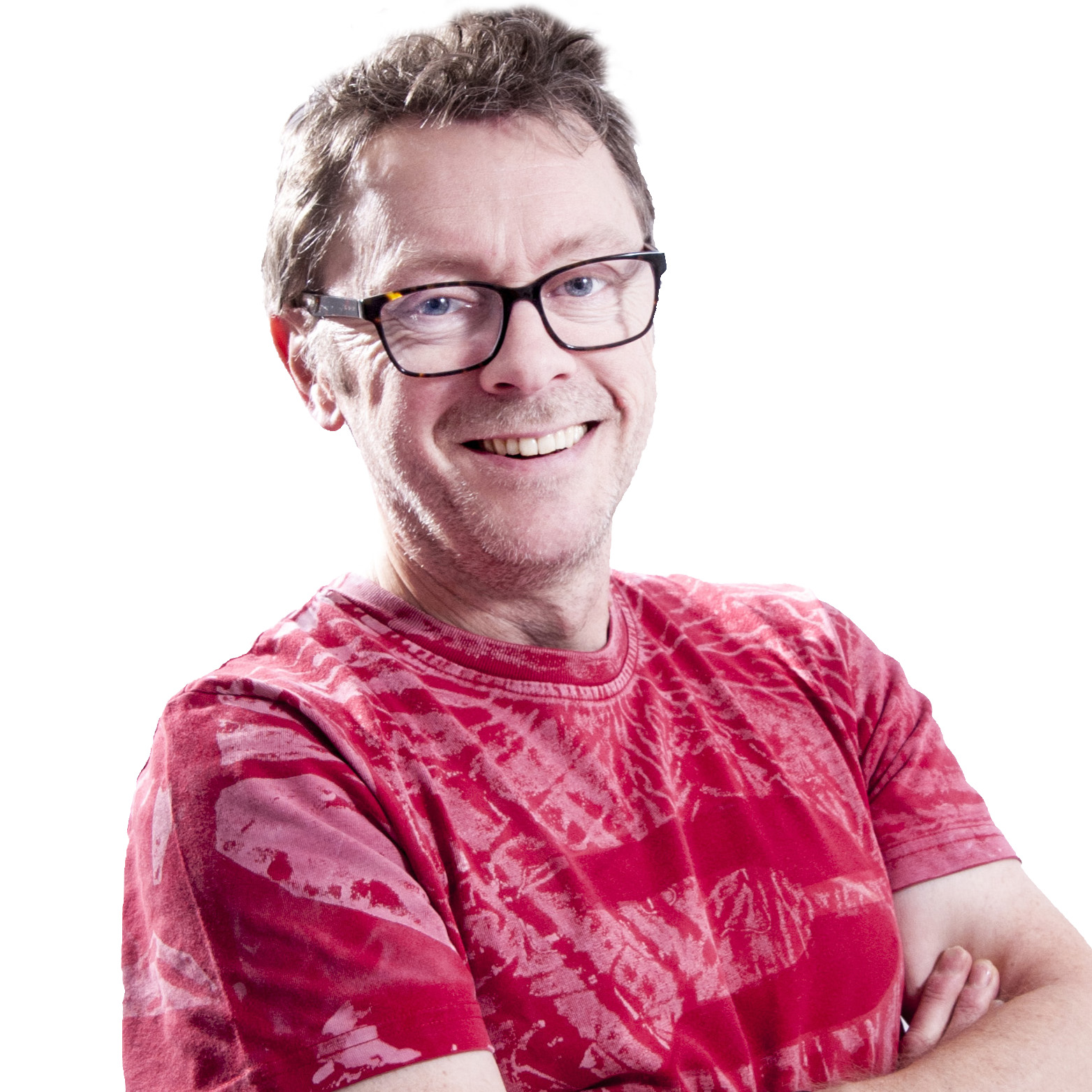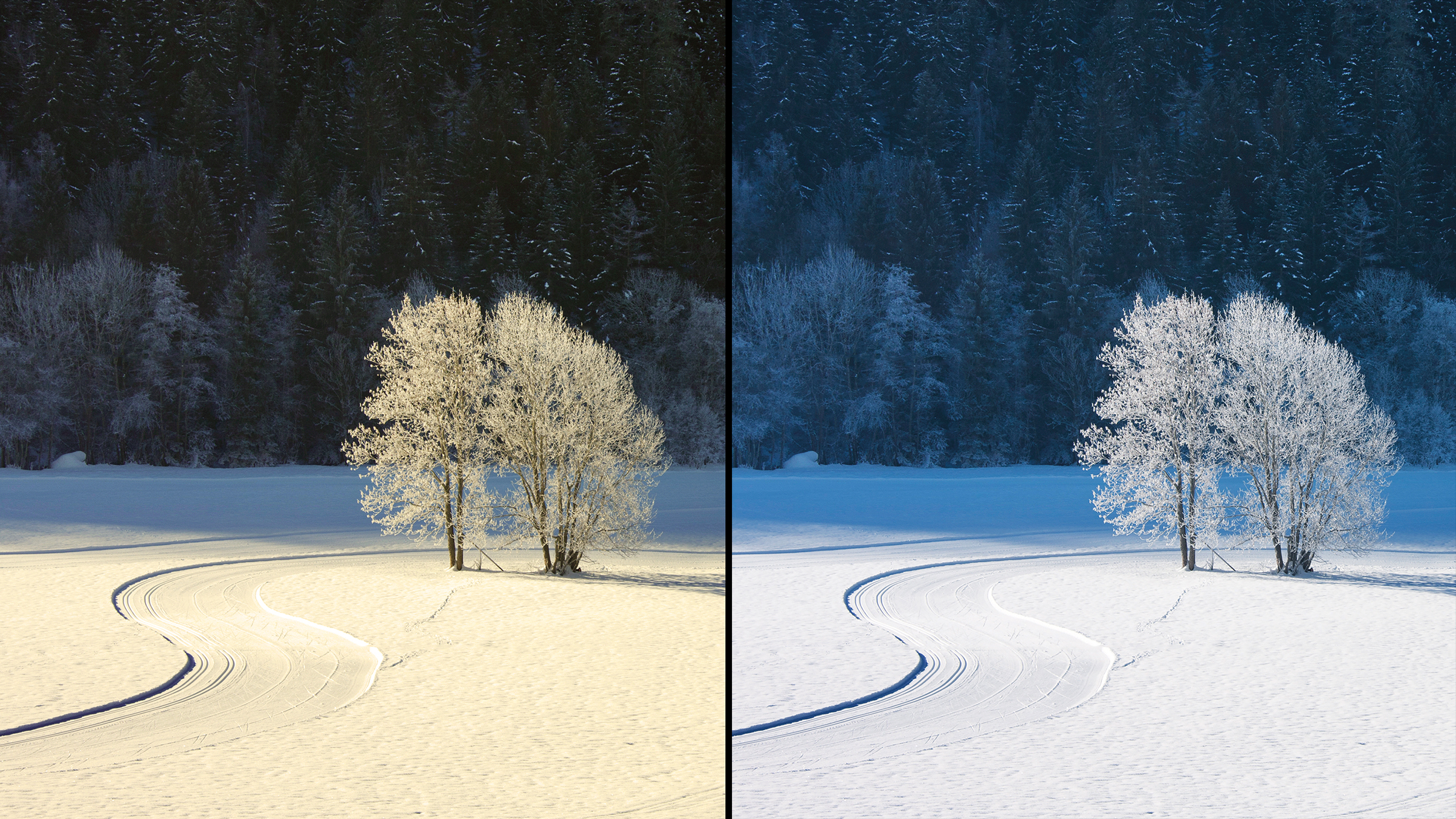
A camera’s shutter – whether you have a DSLR or a mirrorless model – is designed to let light through to a sensor for a specific period of time. This is how the scene you are shooting is captured on the light sensitive sensor at the heart of the camera body.
On a DSLR, the mirror flips up out of the way when you press the shutter button. An internal shutter then moves down to allow the exposure, and finally a second shutter moves down to close the sensor before the mirror flips back into place. In reality, this can all happen in a heartbeat. Mirrorless models don’t have a pentaprism but they do have a mechanical shutter, although some have an electronic shutter, or even a hybrid of both.
Whatever the mechanics, the point of a shutter is to capture the scene you are photographing on the sensor. The time the shutter is open is known as the shutter speed, and along with aperture (the physical size of the opening) and ISO (sensitivity) it makes the exposure.
Understanding how shutter speed works is extremely important and something that anyone getting to grips with photography needs to know. At its most simple, a fast shutter speed such 1/1000sec is great for capturing something that’s moving fast, when you want to freeze its motion with a pin-sharp shot. For example, a dancer in mid leap.
Camera shake
For most standard situations where you are holding the camera in your hands, you want a shutter speed that is going to freeze any subject movement and avoid camera shake. Depending on the lens you are using, anything from 1/125sec upwards will help to avoid camera shake. The longer the focal length lens you are using, the faster the shutter speed you really need to avoid the potential of camera shake.
Movement blur
There are times when slow shutter speeds are needed to capture the image creatively. Let’s take the dance example again. If instead of freezing the motion, we want to include a more fluid sense of action in our shot, then we could move the camera and lens with the dancer's trajectory. By using a slower shutter speed such as 1/30sec when doing this panning technique, we’ll create a sense of speed in the motion.
Alternatively, we might want to 'freeze' the subject completely so that every detail is sharp and there's no movement blur at all. To achieve this we would need a fast shutter speed of 1/1000sec or faster – many cameras offer shutter speeds as fast as 1/4000sec or even 1/8000sec.
The best camera deals, reviews, product advice, and unmissable photography news, direct to your inbox!
Long exposures
Even slower shutter speeds are often used for creative photography. Anything that moves, such as flowing water, or wind-blown clouds, can be captured as an interesting blur when using slow shutter speeds. ND filters, that hold back light, are designed to help photographers achieve slower shutter speeds even in bright conditions.
Shutter speeds that run into seconds, or even minutes, can capture a world, not as it is seen by the naked eye, but as an interpretation that mixes solid, unmoving objects with a more artistic sense of movement. However, to achieve this type of shot, you’ll need to make sure the camera is fixed on a tripod during the whole time the exposure is made.
When starting out in photography, it’s best to concentrate on just getting sharp shots and learning the shutter speeds you need to do this, avoiding camera shake, and knowing how fast your shutter speed needs to be to freeze different types of movement. Once you’ve mastered this, you can start playing with slower shutter speeds and discover a whole new area of creative fun.
Read more:
• Best beginner cameras
• Best cameras for sport
• Best telephoto lenses
• Best tripods
Jon started out as a film-maker, working as a cameraman and video editor before becoming a writer/director. He made corporate & broadcast programmes in the UK and Middle East, and also composed music, writing for TV, radio and cinema. Jon worked as a photographer and journalist alongside this, and took his video skills into magazine publishing, where he edited the Digital Photo magazine for over 15 years. He is an expert in photo editing, video making and camera techniques.




